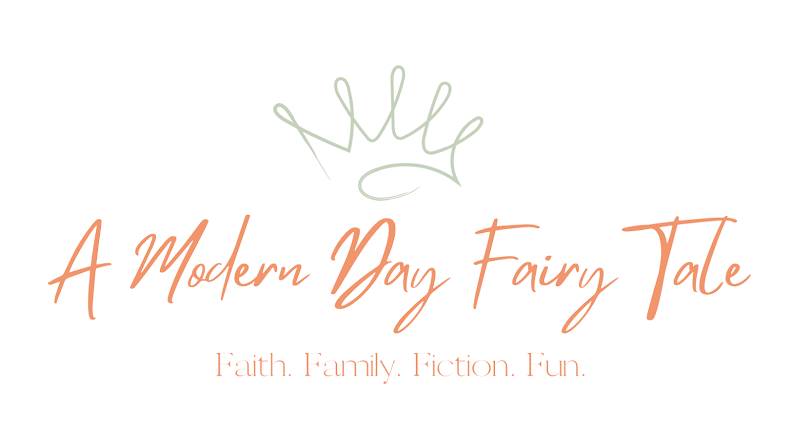There’s a widely-held misconception that one size fits all when it comes
to feeding our pets. On the contrary, animals are as individual as their owners,
and some can be downright picky when it comes to feeding time.
Just like humans, your pet requires specific
nutrients to stay happy and healthy. While options abound for
the type of food you can use, the most important thing to remember is to make
it nutritious. Through a process of trial and error, you’ll soon find the right
dietary mix between what your pet needs and what it wants.
Dogs
Dog food comes in four main varieties – wet, dry, cooked, and raw. While
it might seem confusing at first, the key aspects which determine the food
that’s right for your dog are breed, weight, stage of life, state of health,
general levels of exercise and whether your pet has been neutered.
A vet can help you determine the best for your dog – as well as advising
how much and how often you should feed it. Alternatively, visit your local pet
store for additional tips and advice – or check online for more ideas. While there be sure to check out dog toys and/or frisbees to help keep your dog active and healthy.
Cats
Cat food also falls into two categories wet or dry food. Wet food, by
definition, contains moisture which is good for their diet. However, of the
two, dry food is considerably less hassle and has the added convenience of
being easy to measure, dispense and store. Also, as dry food doesn’t wither or
harden, you can leave it out all day, without any degradation in taste or
quality.
Dry food can be topped up with an occasional wet food treat if need be –
though remember your cat easily gets all the moisture it needs from water. Check
online to find the best dry cat food for your feline friend.
Fish
The food you give your fish doesn’t just contribute to their overall
health, it also alters the environment of the tank and affects water quality. Fish
eat in three main ways, so this will be the primary factor in determining which
food to buy.
Surface-feeding fish have upturned mouths, so they need food that floats
on the surface of the water. Mid-feeders have straight mouths, so they’re best
at eating foods in the middle of the tank, as it sinks to the bottom.
Bottom-feeders have downturned mouths (sometimes on their underside) so are
best at eating food from the floor of the aquarium.
In most cases, generic foods (like flakes) will work perfectly well for your
pet but if you want to be completely sure, check
online or with your local pet store for advice.
Birds
What you feed your avian friend will vary greatly depending on the type
of bird you own. Common birds kept as pets include finches, canaries, budgies,
chickens and parrots. Of these, smaller birds are by far the most common.
Small birds (e.g. canaries, finches, etc.) will be happiest with a
seed-based diet, but it’s essential to supplement this with pellets, to ensure
they also get sufficient vitamins and minerals. Cuts of fruit and veg are also
good for a small bird’s diet.
Chickens are fed a mix of corn and pellets for the best nutritional
gain. This base diet should be complemented with offcuts from common household
vegetables like broccoli, cabbage or cauliflower. Feeding grits to chickens
also helps them digest food better.
Parrots rely mainly on pelleted food, specifically tailored to their
breed to bring the ideal mix of nutrients, vitamins and minerals.
If you’re in any doubt about the best food to give your pet bird, check
at your local pet store or online for advice.
Rabbits
Of all household pets, a rabbit’s diet is probably the most important – even
if it is also the simplest. As a general rule, rabbits should have free access
to grass and hay. Green vegetables should also be provided along with
occasional supplementary pellets. They also need a plentiful supply of water. Rabbits
rely on a high fiber diet to avoid problems ranging from dental disease to
behavioral issues and obesity.


.jpg)
0 Comments:
Post a Comment
"Pleasant words are as a honeycomb: sweet to the soul and health to the bones." Proverbs 16:24